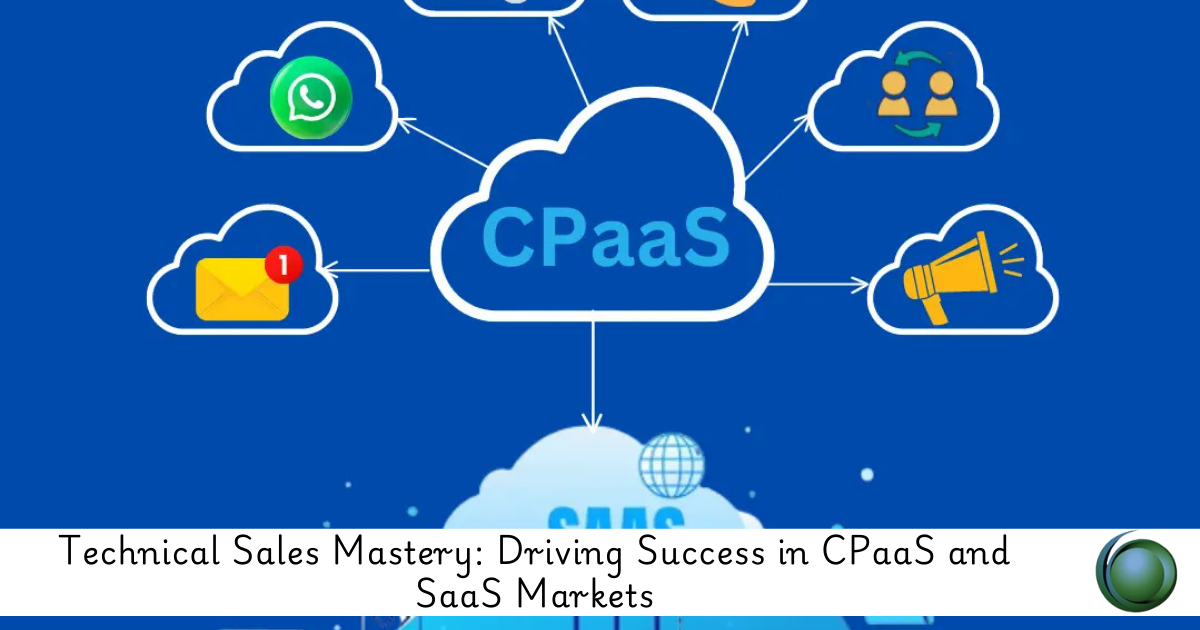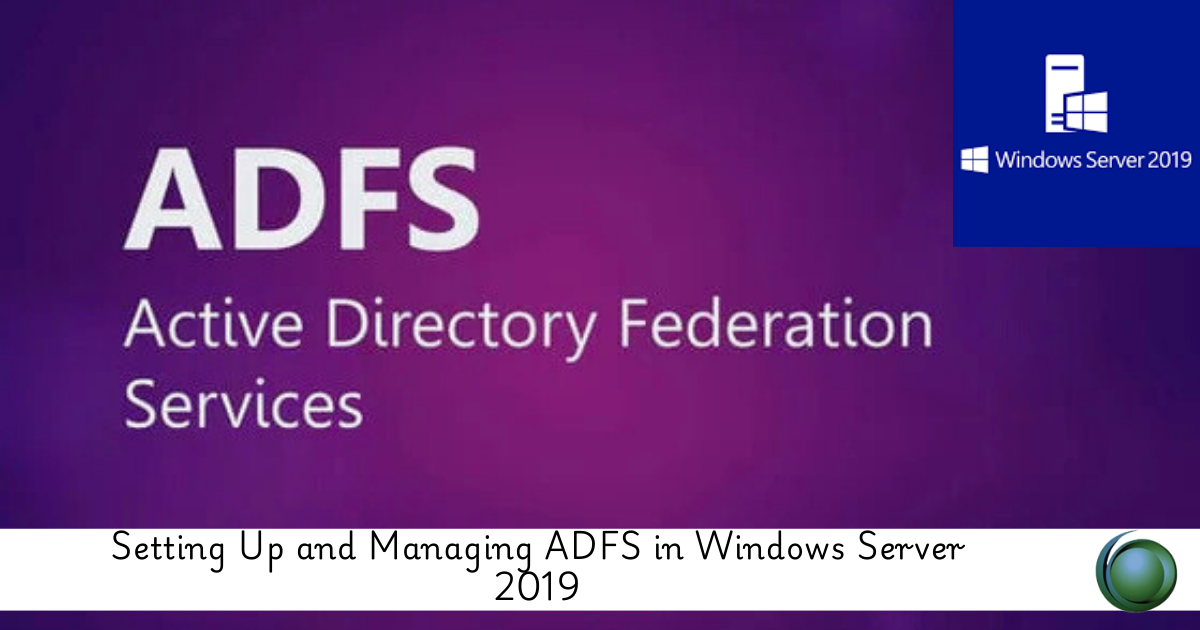Description
Introduction
The Technical Sales Mastery: Driving Success in CPaaS and SaaS Markets course is tailored for sales professionals aiming to excel in the dynamic and competitive Communication Platform as a Service (CPaaS) and Software as a Service (SaaS) industries. This program combines technical knowledge with proven sales strategies, empowering participants to effectively engage with clients, understand their technical needs, and deliver tailored solutions. By mastering the nuances of CPaaS and SaaS products, attendees will gain a competitive edge in fostering long-term customer relationships and driving business growth.
Prerequisites
- Basic understanding of CPaaS and SaaS concepts
- Experience in B2B or technology sales
- Familiarity with CRM platforms like Salesforce or HubSpot
- Strong communication and presentation skills
- A desire to develop technical acumen in cloud-based solutions
Table of Contents
- Introduction to CPaaS and SaaS Sales
1.1 Understanding CPaaS and SaaS Market Dynamics
1.2 Key Trends and Growth Opportunities
1.3 The Role of Technical Sales Professionals - Core Concepts of CPaaS and SaaS Technologies
2.1 Overview of CPaaS Capabilities (APIs, Messaging, Voice)
2.2 SaaS Architecture and Delivery Models
2.3 Comparing CPaaS and SaaS Use Cases(Ref: Cloud Security Governance: Best Practices for Compliance and Risk Management) - Building a Technical Sales Strategy
3.1 Identifying Customer Pain Points and Needs
3.2 Mapping Solutions to Technical Requirements
3.3 Customizing Sales Pitches for CPaaS and SaaS - Engaging with Technical and Non-Technical Stakeholders
4.1 Simplifying Technical Concepts for Business Leaders
4.2 Building Credibility with IT Teams and Developers
4.3 Managing Cross-Functional Communication - Product Demonstrations and Proof of Concept (PoC)
5.1 Designing Effective Product Demos
5.2 Conducting Successful PoCs for CPaaS Solutions
5.3 Leveraging Data and Metrics to Showcase Value - Advanced Negotiation Techniques
6.1 Handling Objections in Technical Sales
6.2 Structuring Flexible Pricing and Contracts
6.3 Closing Deals with Long-Term Value in Mind - Leveraging CRM and Sales Enablement Tools
7.1 Using CRM Platforms to Track Sales Pipelines
7.2 Analyzing Customer Data for Sales Insights
7.3 Automation Tools for CPaaS and SaaS Sales - Driving Customer Success and Retention
8.1 Implementing Post-Sale Support Strategies
8.2 Measuring Success with Customer Satisfaction Metrics
8.3 Identifying Upsell and Cross-Sell Opportunities - Adapting to Market Changes and Emerging Trends
9.1 Exploring AI and Machine Learning in CPaaS and SaaS
9.2 Preparing for Industry Disruptions
9.3 Staying Ahead with Continuous Learning - Case Studies and Best Practices
10.1 Successful CPaaS Sales Strategies
10.2 Effective SaaS Deal Closures
10.3 Lessons from Industry Leaders
Conclusion
This course empowers sales professionals to excel in CPaaS and SaaS markets by combining technical expertise with advanced sales methodologies. By mastering customer engagement, technical communication, and solution selling, participants will be equipped to drive significant growth and establish themselves as leaders in the competitive cloud services landscape.







Reviews
There are no reviews yet.